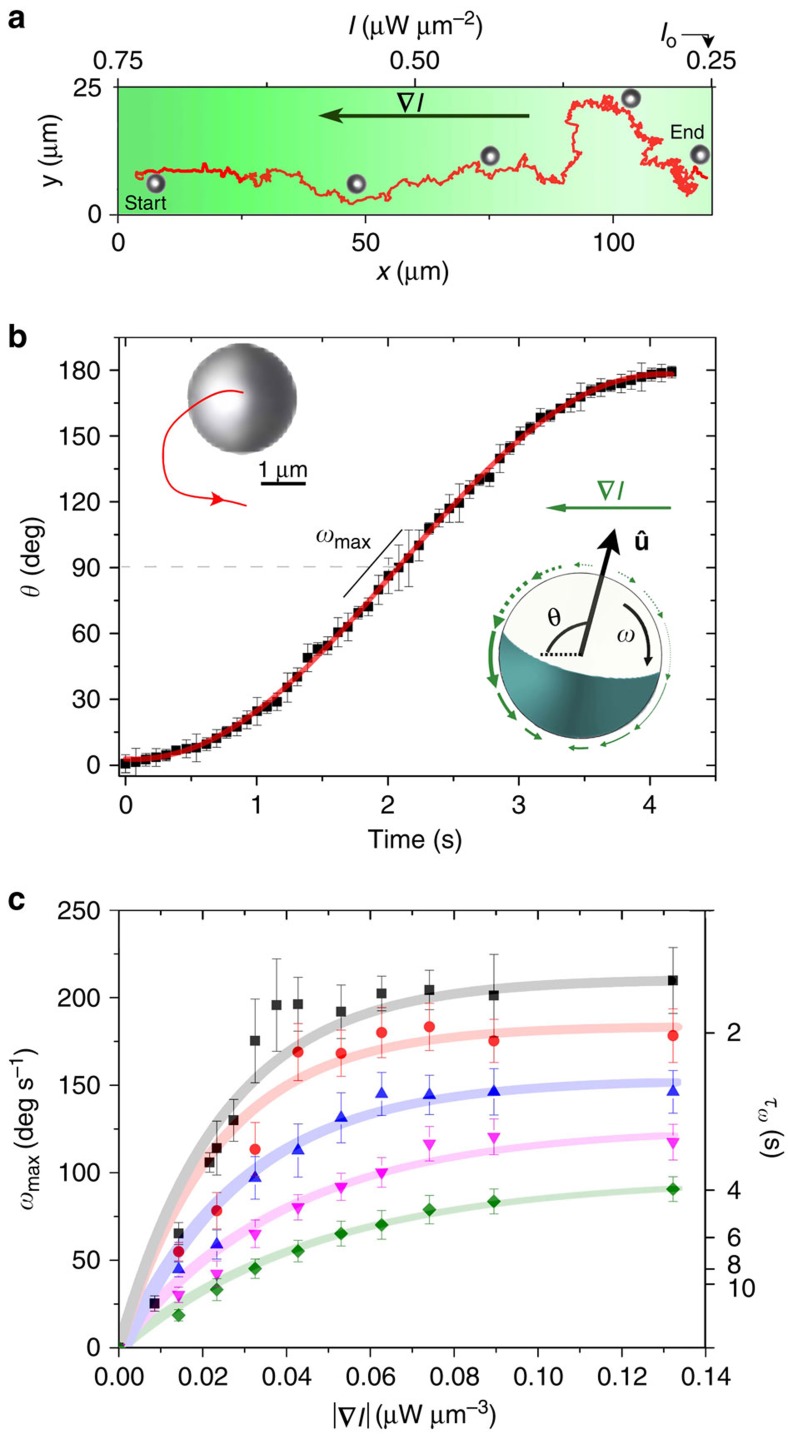Figure 3. Phototactic particle motion in constant light gradients.
(a) Trajectory of an active particle in a gradient |∇I|=0.042 μW μm−3. (b) Time evolution of the angle θ for |∇I|=0.02 μW μm−3 and I=0.55 μW μm−2. The data are averaged over 10 runs. Upper inset: snapshot of a particle and its trajectory (solid curve) during reorientation. Lower inset: sketch of an active colloid in a non-uniform light field with gradient ∇I. The slip velocity (green arrows) becomes axially asymmetric, which results in an angular velocity ω (ref. 41). (c) Plot of the maximum angular velocity ωmax (left axis) and the corresponding reorientation time τω (right axis, see Methods for details) as a function of the gradient |∇I| for different initial local intensities, that is, velocities (I=0.94 μW μm−2 (vp=12 μm s−1), squares; I=0.69 μW μm−2 (vp=7 μm s−1), circles; I=0.55 μW μm−2 (vp=5 μm s−1), triangles; I=0.44 μW μm−2 (vp=3 μm s−1), inverted triangles; I=0.35 μW μm−2 (vp=1.5 μm s−1), diamonds). The error bars represent the s.d., and the solid curves show the theoretical fits (Methods).

